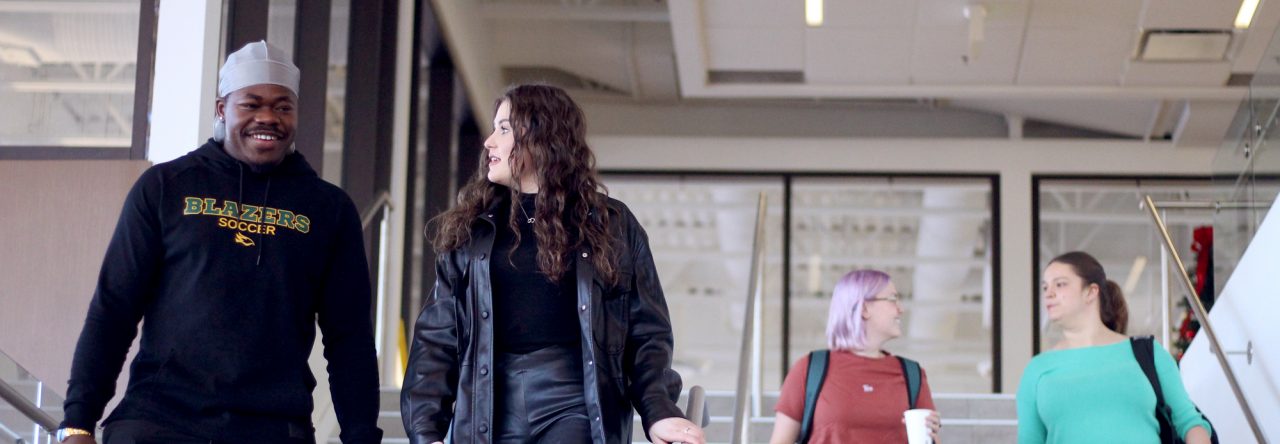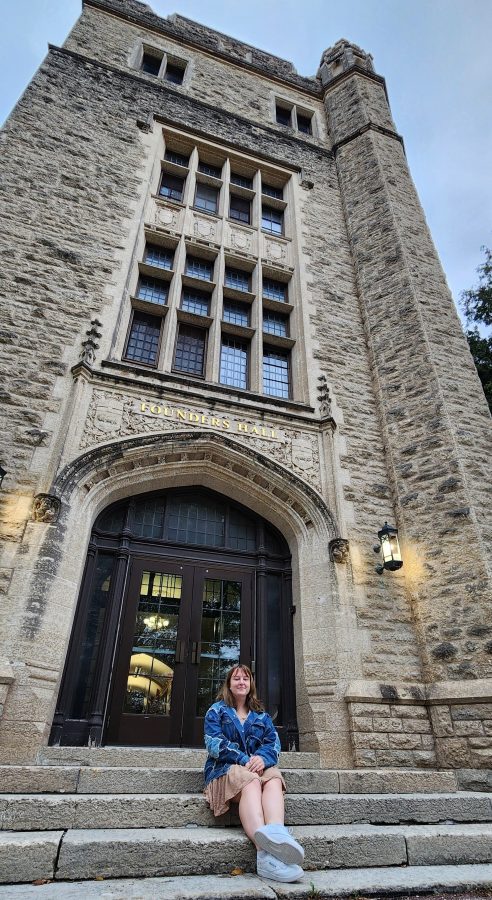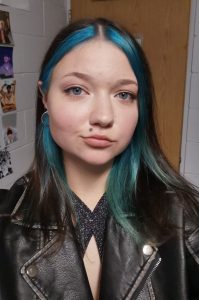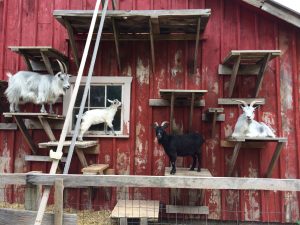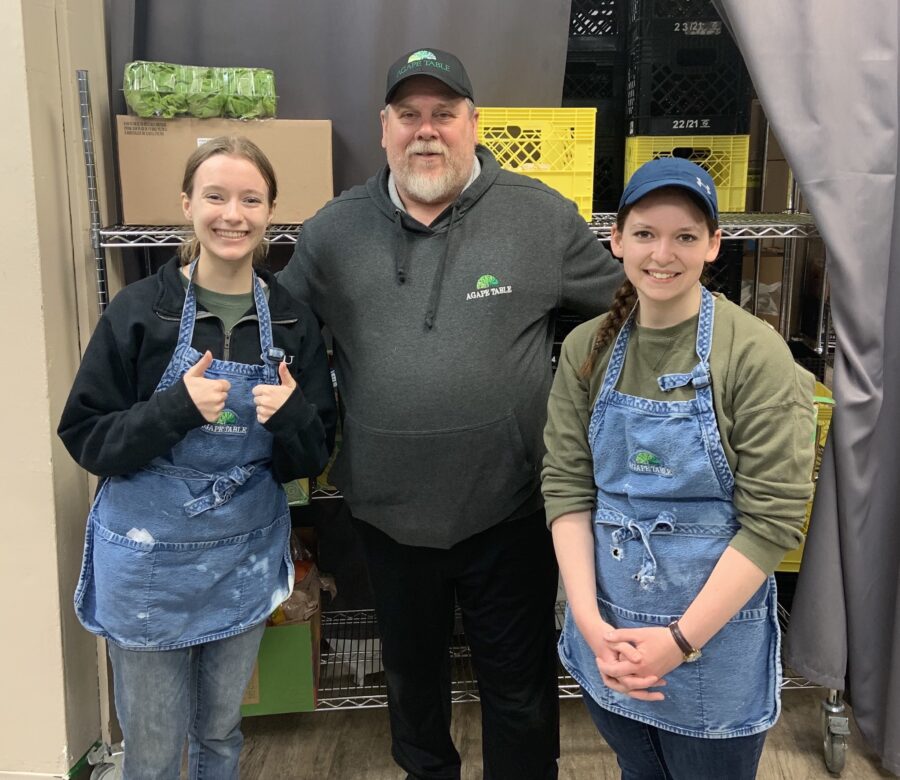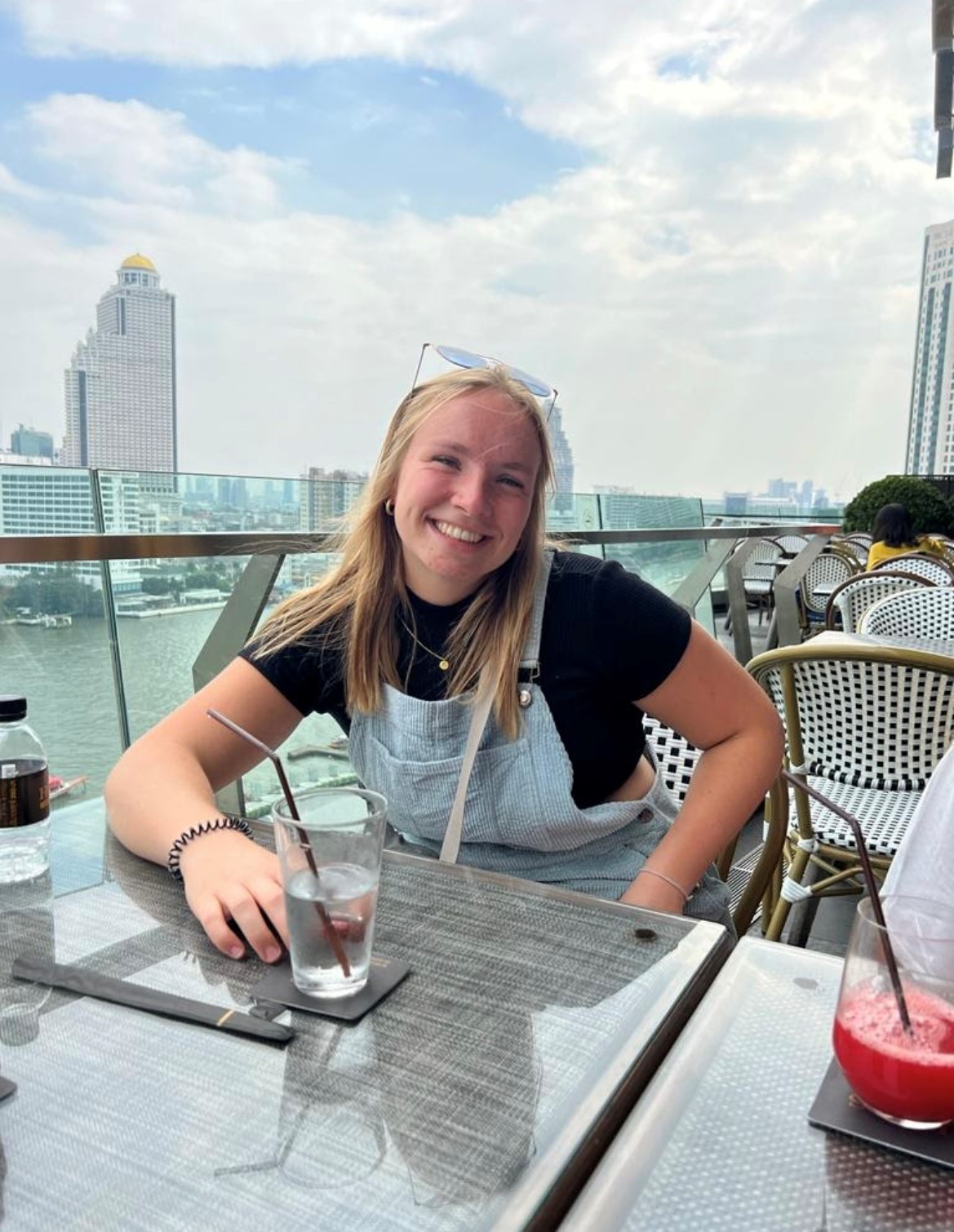If you would have asked me back in 2020 where I saw myself in five years, your guess would’ve been as good as mine. I’ve always been indecisive, but with the world in disarray, nobody knew what the future had in store. However, I do know my response would have involved doing something I’m passionate about, helping others, and making a difference. Still, I wouldn’t have believed it if you’d told me I would be back at school, studying music no less, and just ten minutes down the road from me. Yet here I am, a CMU student looking to become a music therapist.
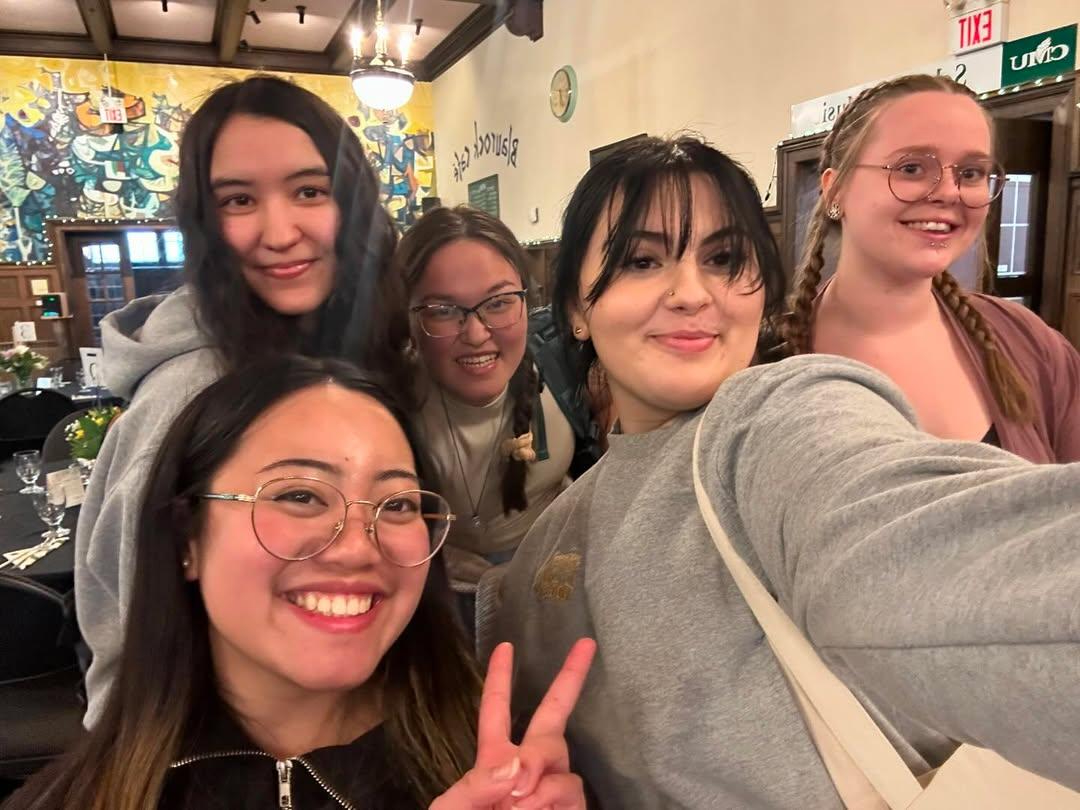
I have always had a passion for music and art. My mom is an artist, so she raised us surrounded by all kinds of music and art. My favourite childhood show was The Wiggles—need I say more? One of the only after-school activities I was ever in was elementary school choir, and I sang in school talent shows even though my anxiety made it extremely scary. Looking back now, I realize I should have taken band in middle school. I was a bit scared of the commitment to something so foreign, since reading music wasn’t something I felt confident doing. Plus it felt like I didn’t have the time for the early mornings and late after-school practices. So, I just continued to sing literally everywhere I went, if I could, and I began collecting instruments in hopes of learning how to play on my own (unsuccessfully, I might add). Because when I sing or play, I feel something deep inside connecting me to the music.

In high school I was intensely focused on my studies. With my interests in math, science, and art, my school counsellor encouraged me to apply to the University of Manitoba engineering department. My grades got me a significant entrance scholarship directly into engineering and without knowing all my other options, I decided to go for it. First semester went well, but I wanted nothing more every day than to just get home, putting the huge crowds and long bus ride behind me. After second semester, I felt like I needed to take a break. Perhaps this wasn’t for me, and I didn’t want to push myself into something I wasn’t sure about. So, I decided to take some time off to work and gain life experience, in hopes that I would find what I was looking for.
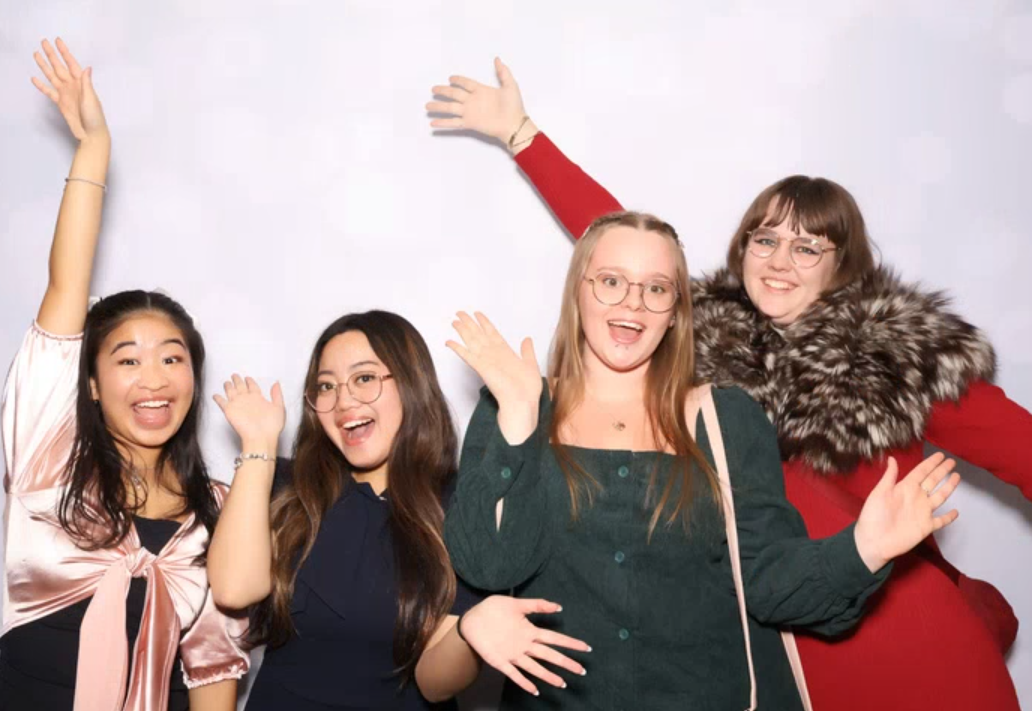
Now, after six years and four different jobs, my life has led me here to CMU. My most recent job as an educational assistant at a forest and nature school was one of the best experiences of my life. Being there felt like it reconnected me with nature, myself, and all the things I love. Some of my coworkers graduated from CMU and said I would love it here. So, when Beaver Creek Academy shut down, I decided to look into music courses. And just my luck, there was a music theory class starting that very week to prepare people for the CMU music program. It felt scary starting from the very bottom, but I reminded myself that I was there to learn—and it turned out to be a lot of fun! I made some great friends in that theory class and without them I don’t know how I would’ve made it this far.
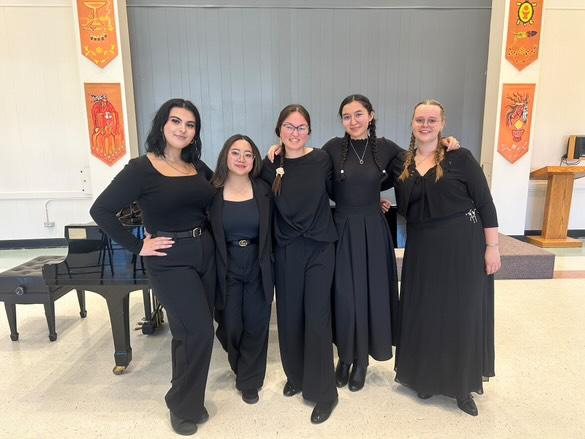
I think that really says something about the people here at CMU. Not only have my friends been there for me, especially when I’m lacking confidence, but the general atmosphere is extremely inviting. There are people I see in the halls who I recognize and smile at. Even if I don’t know their names, I know they are part of my community and I am part of theirs, something I’ve never really experienced before. My professors have been so encouraging and it’s great getting to know them on a personal level. I have been learning so much. We’ve even started learning guitar and handbells in a new class, Ways of Musicking! Not to mention several of my classmates and I got the opportunity to share our final projects from music theory at a Taizé chapel service. Having never written any sort of music before, I felt very proud of myself. I even performed at our Christmas Gala Coffee House with a friend of mine, something so fun that I never could’ve seen myself doing so early on in this journey.
I have to say I am so grateful to be here. To have a school environment I feel so comfortable in is something I never expected from a university experience. These next years are going to be a lot of work, but I couldn’t think of a better place to be learning how to be a student again. Not to mention my fantastic job as a student ambassador, helping students just like me find their place and purpose here at CMU. My hope after getting a music therapy degree is to go to the WHEAT Institute here in Manitoba to receive my Art and Expressive Art Therapy certification. With this I would love to integrate all types of therapy with the natural world to help promote a happy, holistic type of living that is beneficial to everyone.
Ashley Kineshanko is a first-year Bachelor of Arts student, majoring in music.

